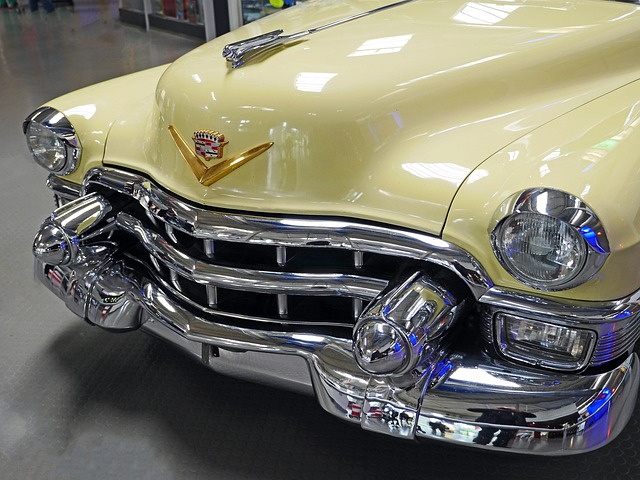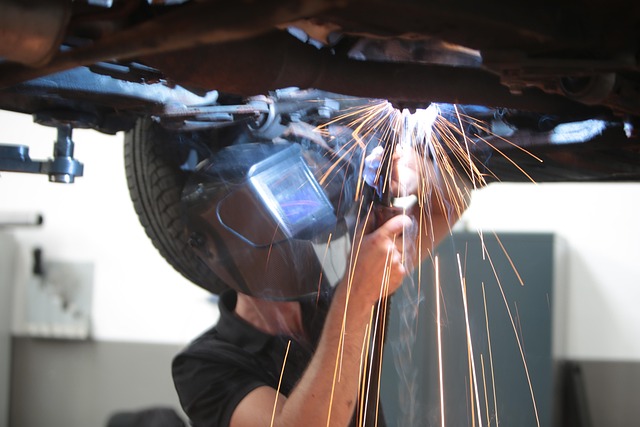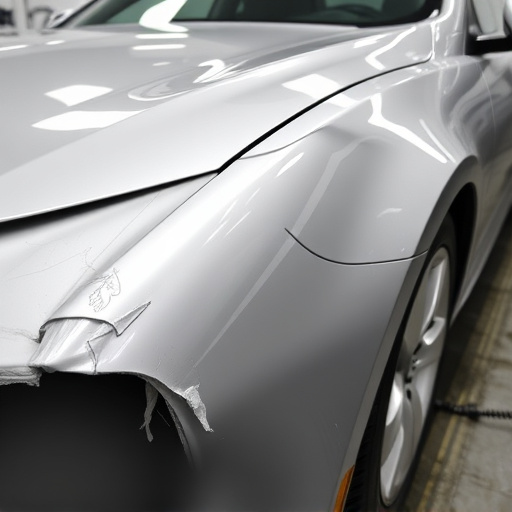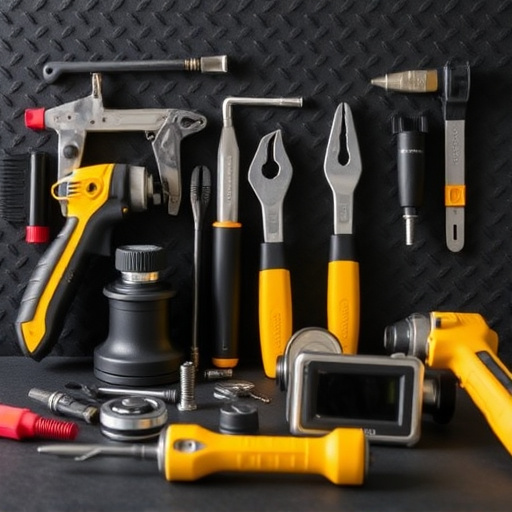In the realm of vehicle repairs post-collision, adhering to legal requirements through meticulous interior trim repair collision services is paramount. Each region has distinct regulations governing restoration standards, encompassing structural integrity, airbag functionality, and tire services. Reputable auto body shops specializing in this field must thoroughly understand these rules to ensure compliance, thereby safeguarding consumers and facilitating safe road use. Non-compliance can lead to penalties, insurance claims rejection, and legal action. Proper interior trim repair collision restores vehicles to pre-accident condition, aligns with safety criteria, and positively impacts negotiations, demonstrating responsible ownership and proactive maintenance.
In today’s world, ensuring legal compliance during vehicle repairs is paramount. This is especially true for interior trim repair collision services, which play a crucial role in maintaining safety standards and customer satisfaction. Understanding the legal requirements for vehicle repairs involves navigating complex regulations aimed at protecting consumers and ensuring quality workmanship. This article delves into these aspects, highlighting the significance of interior trim repair in achieving compliance, its benefits, and its impact on legal disputes and settlements.
- Understanding Legal Requirements for Vehicle Repairs
- The Role of Interior Trim Repair in Compliance
- Benefits and Impact on Legal Disputes and Settlements
Understanding Legal Requirements for Vehicle Repairs

When it comes to vehicle repairs, especially following a collision, understanding legal requirements is paramount. Each jurisdiction has its own set of regulations and standards that dictate how vehicles should be restored to their pre-accident condition. In the case of interior trim repair collision, these rules ensure that not only is the car’s exterior damaged area fixed but also that the inside of the vehicle meets safety and comfort standards.
Legal compliance involves more than just fixing dents and breaks; it encompasses everything from structural integrity to airbag functionality and even tire services. Reputable auto body shops offering interior trim repair collision services should be well-versed in these regulations, ensuring that every step of the vehicle restoration process adheres to legal requirements. This not only protects consumers but also guarantees that fixed vehicles are safe for use on the road.
The Role of Interior Trim Repair in Compliance

Interior trim repair plays a pivotal role in ensuring legal compliance for vehicles involved in collisions. Beyond mere cosmetic enhancement, it’s a safety measure that addresses structural integrity and regulatory standards. In the event of a crash, proper interior trim repair ensures that all components—from door panels to dashboards—are securely fastened, minimizing the risk of detachment during subsequent accidents or while driving.
This is particularly crucial as many regions have stringent regulations mandating that vehicles in circulation meet specific safety criteria. Non-compliance can lead to penalties, insurance claims rejection, and even legal action. Therefore, a thorough and accurate interior trim repair collision service is essential to not only restore the vehicle’s pre-accident condition but also to maintain adherence to these vital standards, protecting both the owner and the community. Services like auto dent repair and vehicle dent repair are integral parts of this process, ensuring that every detail—from the most intricate creases to hidden corners—is restored to factory specifications.
Benefits and Impact on Legal Disputes and Settlements

Interior trim repair collision services play a significant role in ensuring legal compliance and facilitating smoother legal processes in cases involving automotive collisions. When a car undergoes a collision, the impact can damage various components beyond visible exterior marks or mechanical failures. Interior trim, including panels, airbags, and seating, may suffer unseen damage that could affect safety standards and legal liability. Professional interior trim repair ensures these issues are addressed, aligning with regulatory requirements for vehicle safety.
By repairing rather than replacing interior trim, individuals involved in legal disputes related to automotive collisions can mitigate costs and potentially impact settlements. Repaired car bodywork, especially when it comes to intricate details like interior trim, demonstrates a commitment to cost-effective solutions that prioritize both safety and legal obligations. This approach can positively influence settlement negotiations, as it showcases responsible ownership and a proactive stance on vehicle maintenance.
Interior trim repair, a specialized aspect of vehicle restoration, plays a pivotal role in ensuring legal compliance for collision centers. By meticulously addressing interior damage, from door panels to dashboards, these repairs not only enhance aesthetics but also fortify against potential legal challenges. Proper documentation and adherence to industry standards safeguard collision centers, demonstrating due diligence and minimizing risks associated with legal disputes. Thus, investing in high-quality interior trim repair collision services is a strategic move that supports compliance, protects businesses, and promotes positive outcomes in post-accident scenarios.














